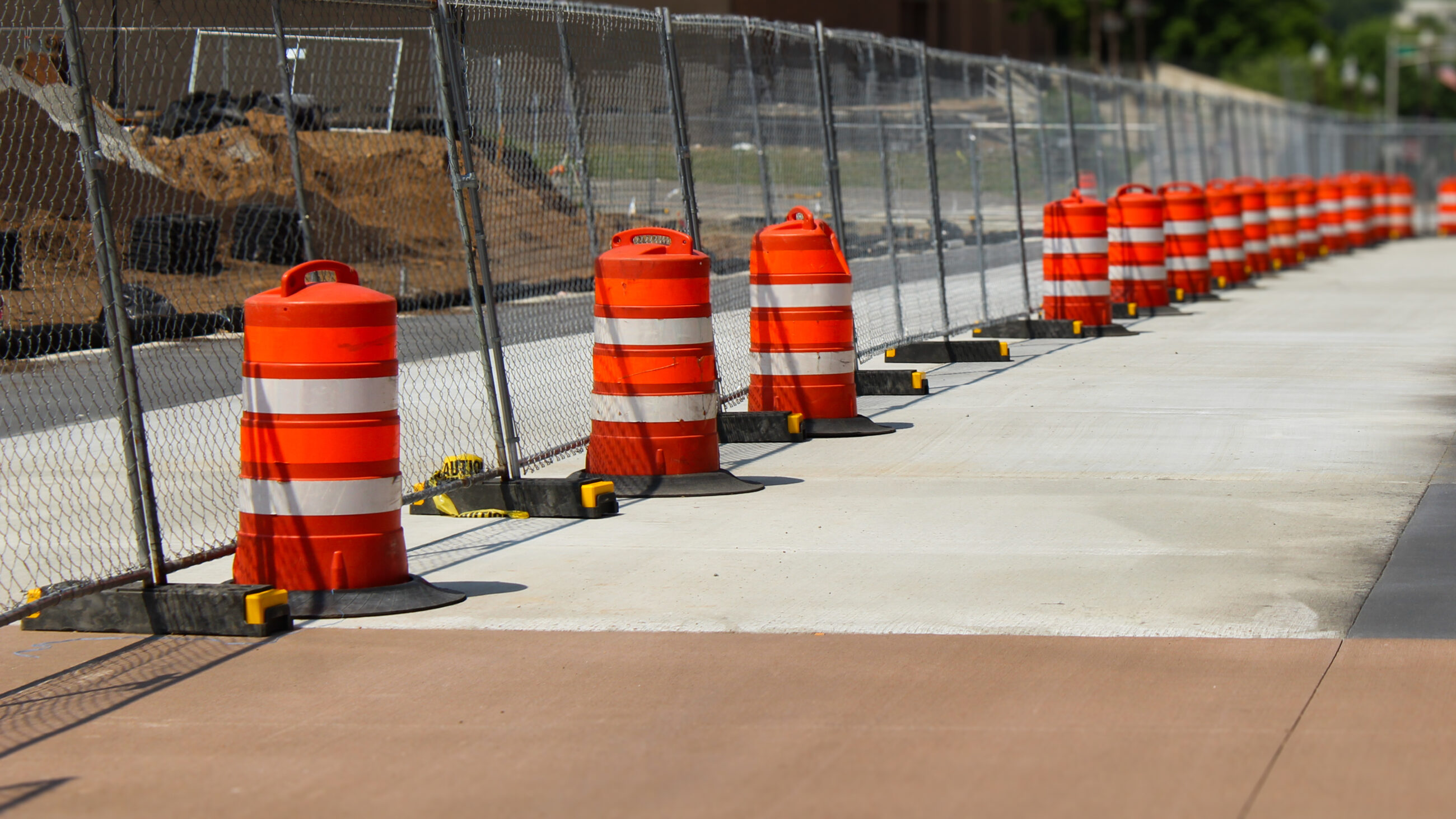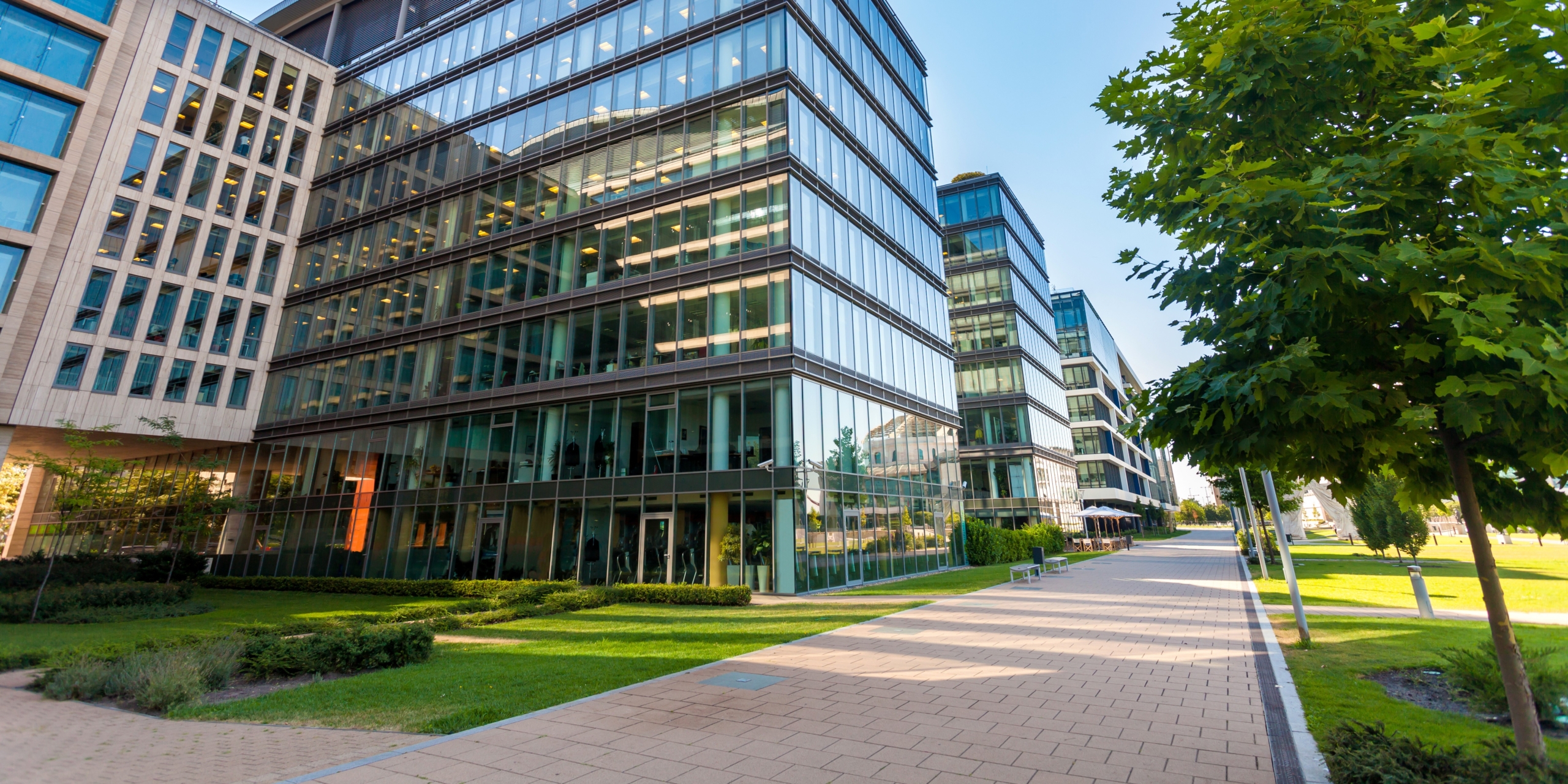Construction Claims & Disputes: How to Avoid Costly Setbacks
Claims and disputes are an unfortunate reality in the construction industry. Tight deadlines, complex contracts, fluctuating material costs, and multiple stakeholders often create the perfect environment for misunderstandings or disagreements. And when even minor issues escalate, the financial consequences can be significant, from project delays and legal fees
Real Estate Technology in 2026: Tools to Drive Growth and Efficiency
Technology continues to transform the construction and real estate industries, and 2026 is shaping up to be a pivotal year. As developers, owners, and investors navigate rising costs, shifting tenant expectations, and operational complexity, technology is no longer optional, it is a strategic advantage. Across every stage of the real estate lifecycle, innovativ
Surviving the Labor Shortage: Strategies for Attracting and Retaining Skilled Workers
The construction industry has long battled workforce challenges, but today’s labor shortage is hitting harder than ever. Skilled tradespeople are retiring faster than new workers enter the field, project demand continues to grow, and competition for talent spans far beyond construction alone. For contractors, developers, and specialty firms, staffing constrai
Commercial Real Estate Market Forecast: Key Trends for Q4 2025
As 2025 enters its final quarter, the commercial real estate (CRE) market continues to balance opportunity and uncertainty. High interest rates, evolving tenant demands, and shifting capital markets have created a landscape where agility and foresight matter more than ever. For developers, investors, and construction firms, understanding where the market is hea
The Future of Modular Construction: Benefits and Market Trends
Construction firms are constantly under pressure to deliver projects faster, control costs, and adapt to shifting labor and material challenges. Modular construction — the process of assembling building components in a factory setting before transporting them to the job site — is increasingly seen as a solution that addresses many of these demands. As
Real Estate Investment Trusts (REITs) in 2025: Opportunities and Risks
The real estate market is always evolving, and in 2025, Real Estate Investment Trusts (REITs) continue to play a significant role for investors, developers, and the broader construction industry. These investment vehicles — which allow individuals to pool money into real estate portfolios — can provide attractive returns and diversification. But like any in
Succession Planning for Construction Firms: Preparing for the Future
Running a construction company is no small task — and sustaining it over decades is even harder. Many construction firms are family-owned or closely held businesses, where leadership and ownership are deeply personal. Yet one of the biggest risks in the industry is the lack of a clear succession plan. Without one, firms face uncertainty […]
What the Big Beautiful Bill Means for Construction and Real Estate Development Companies
The One Big Beautiful Bill (OBBB), enacted on July 4, 2025, introduces significant changes to the tax code and related provisions that directly affect construction and real estate development companies. These changes are designed to incentivize capital investment, stimulate growth, and create a more favorable environment for long-term planning in capital-intens
Construction Contracts: Reducing Risk through Clear Agreements
No matter the size or scope of a project, one thing remains constant in the construction industry: risk. From budget overruns to legal disputes, the challenges that contractors and developers face can often be traced back to one root issue—unclear or incomplete contracts. A strong construction contract does more than outline the work to be […]
Maximizing Profitability in Real Estate through Smart Property Management
In today’s competitive real estate environment, property owners and investors are looking for every opportunity to enhance returns. While location and market timing are always important, one of the most overlooked keys to profitability lies in smart property management. From operational efficiencies to strategic tenant retention, effective property manageme











